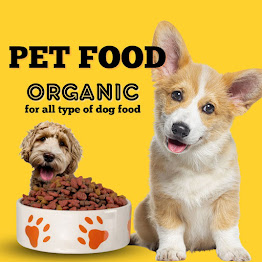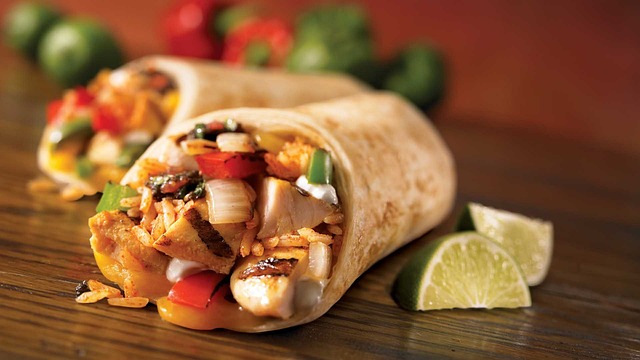Introduction
Choosing the right pet food is one of the most important decisions a pet owner can make. Our furry, feathered, or scaly companions depend on us to provide them with the nutrition they need to thrive.
Just like humans, pets require a balanced diet to maintain good health and live long, happy lives.
The Importance of Balanced Nutrition
Balanced nutrition is the foundation of a pet's overall health and well-being. Just as we need a variety of nutrients to stay healthy, pets also require a well-rounded diet.
The specific dietary needs of your pet may vary depending on factors such as age, species, breed, size, and any existing health conditions. While there are various types of pet food available, including dry kibble, canned food, raw diets, and homemade options, they should all aim to provide a balance of key nutrients.
Essential Nutrients
Protein: Proteins are essential for muscle development, immune system function, and overall vitality. High-quality sources of protein, such as lean meats and fish, should be included in your pet's diet.
Fats: Healthy fats are a source of energy and aid in the absorption of fat-soluble vitamins. Omega-3 and Omega-6 fatty acids are particularly important for maintaining healthy skin and a glossy coat.
Carbohydrates: Carbohydrates provide a source of energy. While dogs are omnivores and can digest carbs, cats are obligate carnivores and have limited carbohydrate requirements.
Vitamins and Minerals: A wide range of vitamins and minerals are necessary for various bodily functions. They can be found in fruits, vegetables, and other food sources.
Water: Fresh and clean water should always be available to prevent dehydration, as pets, like humans, need water to survive.
Selecting High-Quality Pet Food
When shopping for pet food, consider the following factors:
Age
There are specialized formulas for puppies and kittens, adults, and seniors. Choose the one appropriate for your pet's age.
Species
Cats and dogs have distinct dietary requirements. Ensure you're choosing the right food for your specific type of pet.
Breed and Size
Larger breeds have different nutritional needs compared to smaller breeds. Consider a food that caters to your pet's size and breed.
Allergies and SensitivitiesConsult your veterinarian if you suspect this is the case.
Read LabelsAlways read the ingredient list on pet food labels. Look for whole, recognizable ingredients, and avoid foods with excessive fillers and artificial additives.
Consult a VeterinarianYour veterinarian is your best resource for determining the most suitable pet food for your furry friend. They can offer guidance based on your pet's individual health and dietary needs.
Conclusion
Selecting the right pet food is a crucial decision that directly impacts your pet's health and longevity. Providing a balanced diet rich in essential nutrients is the key to a happy and healthy pet. Understanding your pet's specific requirements and consulting with a veterinarian can help you make informed choices. Remember that investing in high-quality pet food today can lead to a lifetime of happiness and companionship with your beloved pet.
FAQs
How do I know if my pet has allergies to certain ingredients?
If your pet exhibits symptoms like itching, vomiting, diarrhea, or skin issues after eating, it could indicate an allergy.








